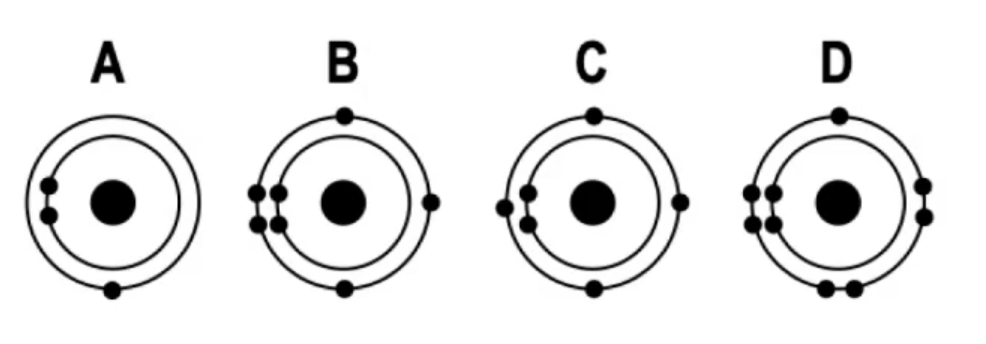Ionic bonding is a fundamental concept in chemistry that begins with understanding ions, which are atoms or molecules that carry a net electrical charge. This charge can be either positive or negative, resulting from the gain or loss of electrons. There are two primary types of ions: anions and cations.
Anions are negatively charged ions formed when an atom gains one or more electrons. The additional negatively charged electrons create an imbalance, resulting in a net negative charge. For example, when a neutral hydrogen atom, which has one proton and one electron, gains an extra electron, it becomes an anion. This can be remembered by the presence of multiple 'n's in the term "anion," suggesting its negative nature.
Conversely, cations are positively charged ions that occur when an atom loses one or more electrons. This loss results in a surplus of protons compared to electrons, leading to a net positive charge. Using the hydrogen atom again, if it loses its single electron, it will have only one proton remaining, thus becoming a cation. The 't' in "cation" can be associated with the positive charge, as it resembles a plus sign.
In summary, the distinction between anions and cations is crucial: anions are negatively charged due to the gain of electrons, while cations are positively charged due to the loss of electrons. Understanding these concepts lays the groundwork for exploring ionic bonding, where these charged ions interact to form compounds.



